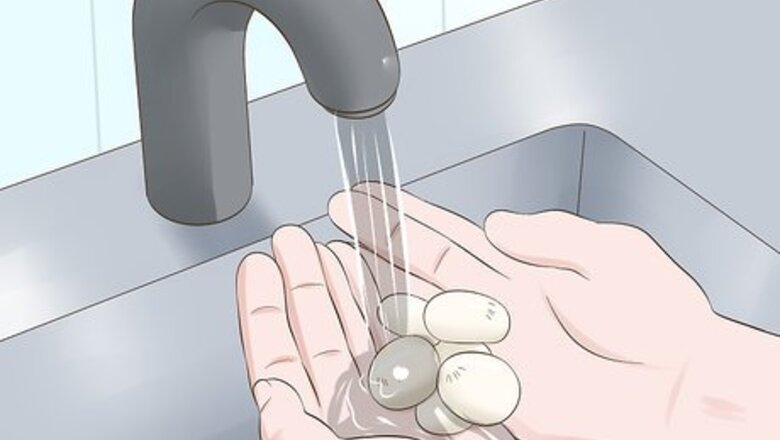
views
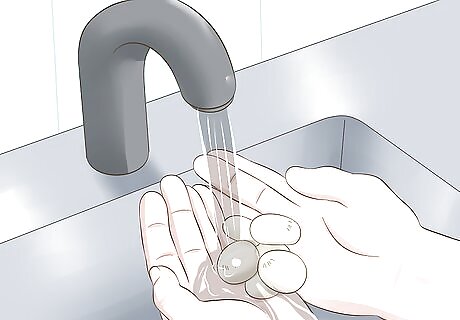
Wash off stones, and brush off debris. Cleaner stones mean less upkeep during the tumbling process.
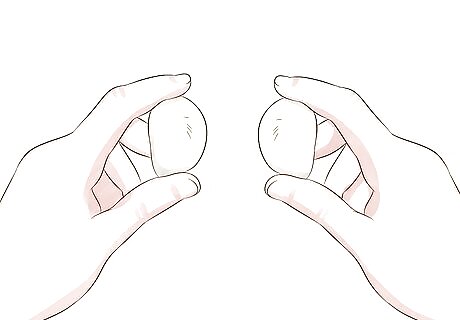
Assemble a batch of stones with similar properties. Stones should be of roughly the same material hardness, and, for optimal results, the same basic size (though for convenience, multiple sizes can be tumbled at once).
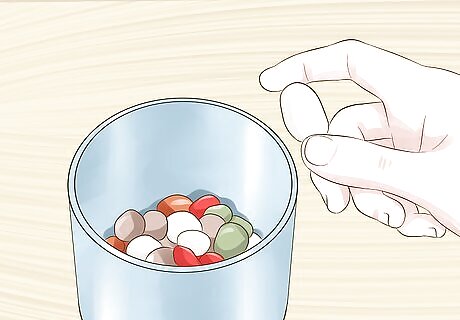
Add stones to the tumbler, along with some grit, a specialty item sold at geology stores, and some cushioning material such as plastic pellets or beads to prevent stones from being chipped or broken during sustained impact. Experts recommend filling the tumbler up to about 50% to 60% of volume for most loads. Start with a coarser grit, and progress to a finer grit as necessary.
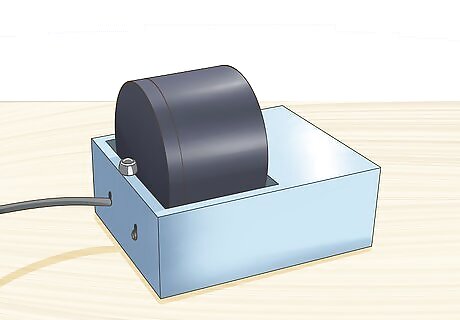
Start the tumbler, and check for appropriate function. Wait several minutes. Listen to the tumbler to check for any aggressive sounds that would indicate malfunction. A steady, shifting noise means that the tumbler is working properly.
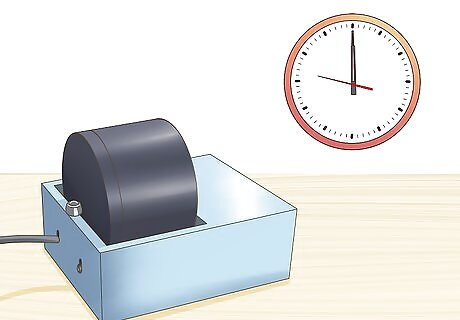
Run the tumbler for a long period of time. Some experts recommend several days, but depending on the rock type, a one-day cycle may be sufficient. Check stones after one day to see if they need more tumbling.

Periodically sift out waste materials on a multiple day tumbling. Every 24 hours, check the stones, and also filter out any built up material that has accumulated. Pros call this mix “slurry.” It is composed of sloughed off bits from rocks. For finer tumbling, replace the grit after several days with a finer variety up to several hundred mesh.














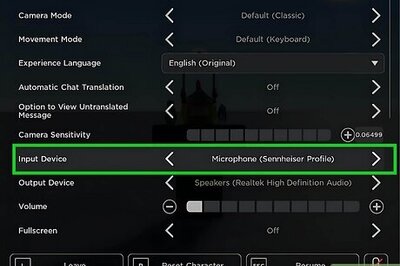



Comments
0 comment